From Homeland to Heartland: German American Journalism
The history of German-American journalism is a wide-ranging subject that illustrates the path of German immigrants and their descendants living in the United States.
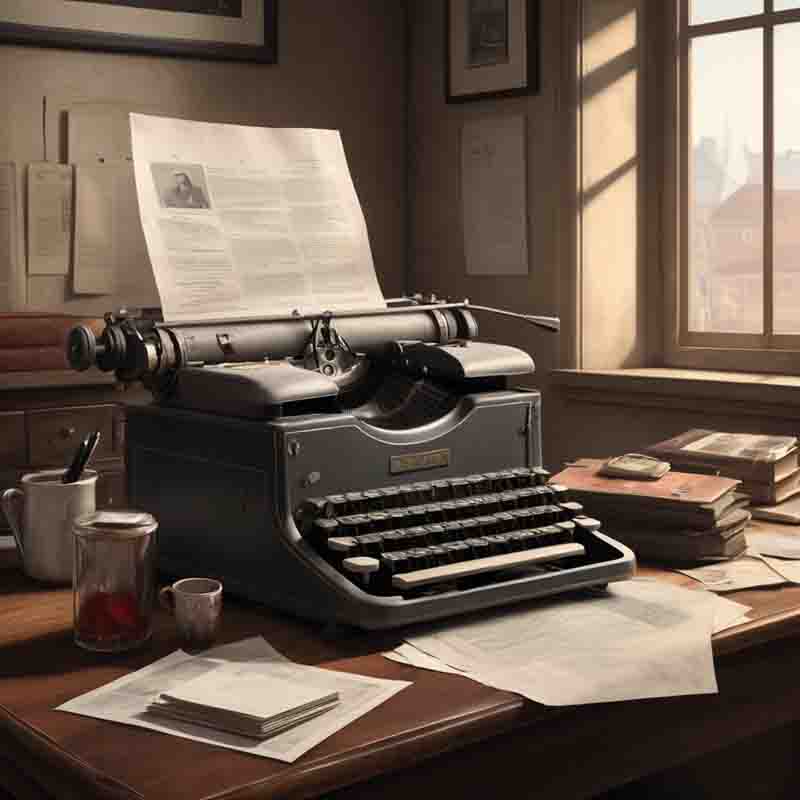
German American journalism involves the production and dissemination of news and information by individuals or organizations with a focus on German American culture, heritage, and issues.
As German immigrants settled in various regions of the United States during the 18th century, they founded newspapers to keep the growing community of German Americans updated and informed.
These publications were essential not only for disseminating news but also for preserving german american cultural heritage.
German immigrants had a strong presence in the United States, and their newspapers served as both a source of communication and a platform for communal exchange.
German American journalism has always been about more than just news. It has been a tool for cultural preservation, enabling German Americans to stay connected with their heritage.
12 Facts To Know About German American Journalism
-
Early Beginnings: As waves of German immigrants arrived in the United States, they brought with them not only their dreams of a better life but also a desire to stay connected with their homeland and to share the experiences of their new lives through German language newspapers.
-
The 19th Century Boom: German American News Publications were more than just sources of news; they were platforms for community expression, enabling individuals to share their experiences, thoughts, and concerns with their fellow community members.
-
Linguistic Diversity: While many publications were exclusively printed in German, there were also bilingual newspapers that featured both German and English content.
-
Voices of New Arrivals: German American newspapers featured columns and articles written by new arrivals, providing firsthand accounts of the immigrant experience.
-
Preserving Cultural Traditions: Immigrant perspectives emphasized the importance of preserving German cultural traditions, even as they embraced American life.
-
Community Building: German American journalism contributed to community building by promoting social and cultural events, as well as local businesses and organizations.
-
The Fight Against Slavery: German American journalists were vocal opponents of slavery and staunch supporters of the abolitionist movement. Their publications provided a platform for discussions and arguments against the institution of slavery, contributing to the eventual abolition of slavery in the United States.
-
Advocacy for Workers' Rights: German American journalists were at the forefront of advocating for workers' rights, fair labor practices, and improved working conditions.
-
Bridge Between Cultures: German American journalists have consistently served as bridges between cultures, facilitating communication and understanding between German-speaking Americans and the broader American society.
-
Before the Storm: The late 19th and early 20th centuries marked a golden age for German American journalism. The German-speaking communities had established thriving communities in various regions of the United States, and they demanded newspapers and media outlets that could cater to their unique needs.
-
Challenges and Adaptations: Anti-German sentiment during the First and Second World Wars had a profound impact on the German-speaking American community and its media.
-
The Enduring Significance: German American journalism continues to adapt and evolve in the digital age. Traditional newspapers are complemented by online publications, podcasts, and multimedia formats, allowing these outlets to reach a broader and more diverse audience.
German American Journaism serves as the glue that holds the community together, facilitating connections and allowing individuals to stay informed and engaged.
German American Journalism: Timeline
The 19th century marked a significant boom in German American journalism, with newspapers playing a vital role in shaping public opinion, promoting social and political causes, and maintaining ties to the homeland.
During the two World Wars in the 20th century, many German American newspapers faced challenges due to anti-German sentiment, leading to shifts in their content and readership.
| Year | Milestone |
|---|---|
| 1738 | Christopher Sower started a monthly paper, "Der Hoch-Deutsch Pennsylvanische Geschichts-Schreiber" ("High German Pennsylvania Annalist"), later named "Pennsylvanische Berichte" ("Pennsylvania reports") and "Die Germantauner Zeitung". |
| 18th Century | The emergence of numerous German-language newspapers to serve the growing German American community. |
| 19th Century | German American newspapers play a crucial role in preserving culture, providing news, and promoting social and political causes. The most influential German american newspapers, such as the "New York Staats-Zeitung", the "Anzeiger des Westens" in St. Louis, and the "Illinois Staats-Zeitung" in Chicago, advocated bourgeois values and promoted German patriotism among their readership. |
| 1834 | J. G. Wesselhoeft in Philadelphia established "Alte und Neue Welt" (Old and New World) |
| 1830s-1840s | The significant increase in German-language newspapers coincides with a wave of German immigration to the United States. |
| 1837 | The oldest German Catholic newspaper, the "Cincinnati Archdiocese's Der Wahrheitsfreund", began publishing. |
| 1864 | Emil Preetorius became editor of the "Westliche Post", and took an active part in the presidential campaign. |
| 1858-1877 | The "Belleviller Zeitung" became an influential voice for the German-Americans of southern Illinois. |
| 1867 and 1891 | Cief editor and part-owner of the "Illinois Staats-Zeitung", Forty-Eighter Hermann Raster, wrote passionately against slavery and for Lincoln. |
| 1920s-1940s | German-American newsprint declined due to anti-German hysteria in America during the First and Second World Wars. |
| Mid-20th Century | Some German American newspapers shift to bilingual or English-language publications to reach a broader audience. |
| Late 20th Century | Many traditional German American newspapers experience decline due to changing demographics and the rise of digital media. |
| 21st Century | The emergence of the Intent resulted in new German-American publications. However, none of them has yet achieved the gravity and impact of the early German-American publications |
This timeline provides a broad overview of the evolution of German American Journalism in the United States
Freedom of the Press
Johann "John" Peter Zenger was a German-American publicist and publisher. His indictment for defamation in 1735 was instrumental in establishing freedom of the press in the U.S., which was constituted as a human right in the U.S. Declaration of Independence in 1776.
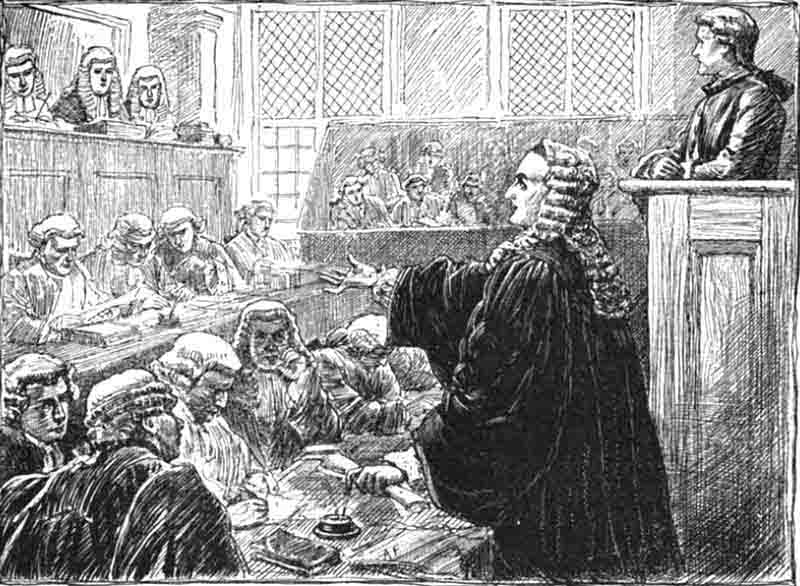
The Zenger trial, as imagined by an illustrator in the 1883 book Wall Street in History
In 1733, he had founded the New York Weekly Journal, an independent newspaper and a rival to the pro-government paper of his former employer, the New-York Gazette.
A series of articles, written by anonymous authors, appeared that were unflattering to the authorities. In 1734, Zenger was accused of insulting the governor and was arrested. On August 5, 1735, the jury found Zenger not guilty.
The ruling laid the foundation for freedom of the press in the history of newspapers in the United States. Since 1954, the University of Arizona's Department of Journalism has presented an annual memorial award, titled the John Peter and Anna Catherine Zenger Award for Freedom of the Press and the People's Right to Know.
The first German-language newspaper in America
Die Philadelphische Zeitung - the first foreign language newspaper in America - was published by Benjamin Franklin in 1732.
In 1739, Palatine-born Christoph Saur established America's German-language printing press in the settlement of Germantown. On August 20, 1739, he began publishing the "Pennsylvanischer Geschichts-Schreiber," America's first commercial and successful newspaper in the German language.
A German-language newspaper was the first to report the adoption of the American Declaration of Independence.
33 years later Publisher Heinrich Miller adopted this tradition. Der Wöchentliche Pennsylvanische Staatsbote, published by Miller in Philadelphia, was the first to report the decision of the Continental Congress to adopt the American Declaration of Independence on July 5, 1776, making it the first newspaper to publish this historic event.
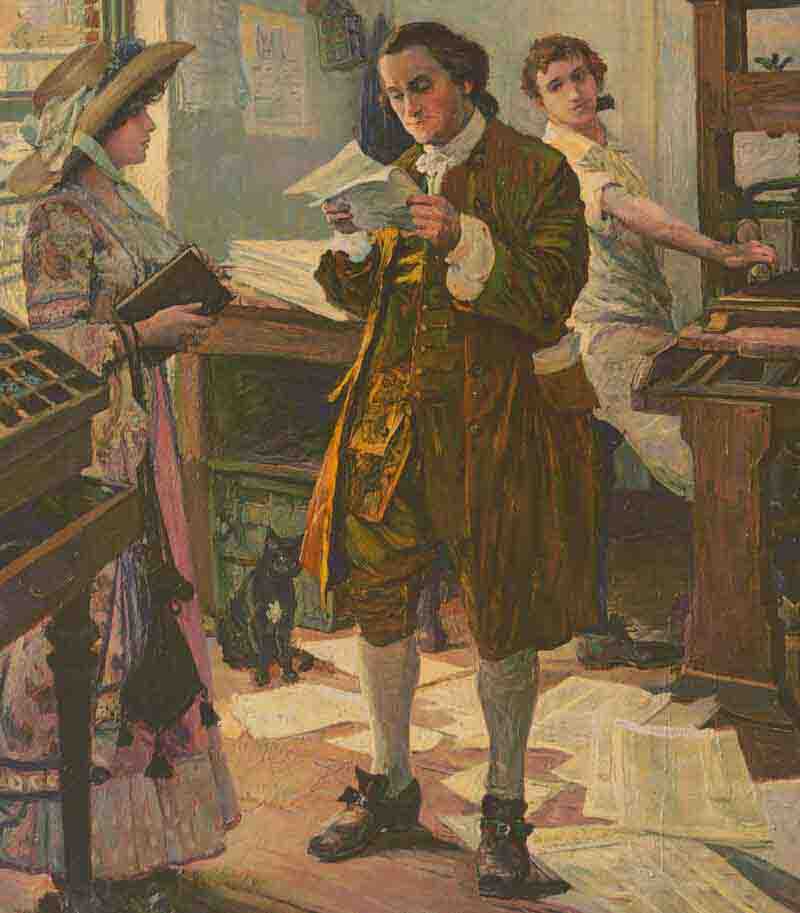
Heinrich Miller learned the trade of printer at Benjamin Franklin's Pennsylvania Gazette. His German-language newspaper "Pennsylvanische Staatsbote" was the first to report on the historic signing of the Declaration of Independence.
Miller had learned that Congress had drafted and signed an official declaration renouncing British rule and declaring the 13 independent sovereign states a new country.
He secured his place in history as he became the first publisher to report the existence of the Declaration of Independence.
Miller was a supporter of the independence agenda, which was reflected in his publications. He was often assigned to print material for the American government in his newspaper.
“Gestern hat der Achtbare Congreß dieses Westen Landes die Vereinigten Colonien Freye und unabhängig Staaten erkläret,” he wrote in 18th-century German. “Die Declaration in Englisch ist jetzt in der Presse; sie ist datiert, den 4ten July, 1776, und wird heute oder morgen im Druck erscheinen.”
Translation: “Yesterday, the honorable Congress of these Western Lands, declared the United Colonies free and independent states. The Declaration is in English and is now at the Press; it is dated July 4th, 1776, and will be published either today or tomorrow.”
On July 9, 1776, the day after the proclamation of the Declaration of Independence in Philadelphia and the day it was read to General George Washington and his troops in New York City, Miller, as a vigorous advocate of the revolutionary cause, printed the entire document in German translation.

Miller published a German translation of the Declaration of Independence by printers Melchior Steiner and Carl Cist in Der Wöchentliche Pennsylvanische Staatsbote.
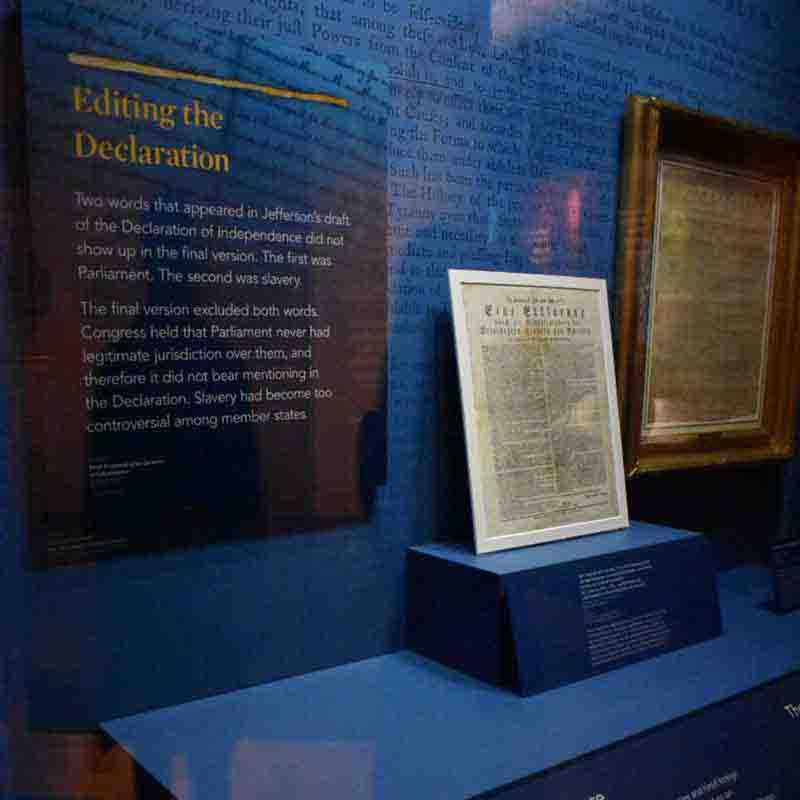
Of the German-language originals, only two copies have survived the eighteenth century. One of them is in the possession of Gettysburg College.
When the British occupied Philadelphia in September 1777, Miller went into hiding for several months. After returning to Philadelphia, he continued to edit the State Messenger until his retirement in 1779 at the age of 77.
I have done what I could. My loyalty to this country is, I hope, well enough known. And as for my respect for the German nation, I wish every German to understand its worthiness.
The first Newspaper founded in America to promote women's rights
Journalist, writer, social activist, and feminist Mathilde Franziska Anneke founded the German-language "Deutsche-Frauenzeitung" (German Women's Newspaper). She is considered a pioneer of modern girls' education and a champion of both the American and German women's movements. Anneke was one of few women who have shaped German immigrant life in America during the second half of the 19th century.

On horseback, Anneke participated in the revolution of 1848 that shook Europe. She was known as the "shotgun woman". Like many Forty-Eighters she emigrated to the United States after the revolution had failed.
In Europe, she had already worked as a journalist, among other publications, for a newspaper for which Heinrich Heine had written.
In the U.S., she was now allowed to do what was forbidden in the German states: she gave lectures for educational opportunities, and gender equality.
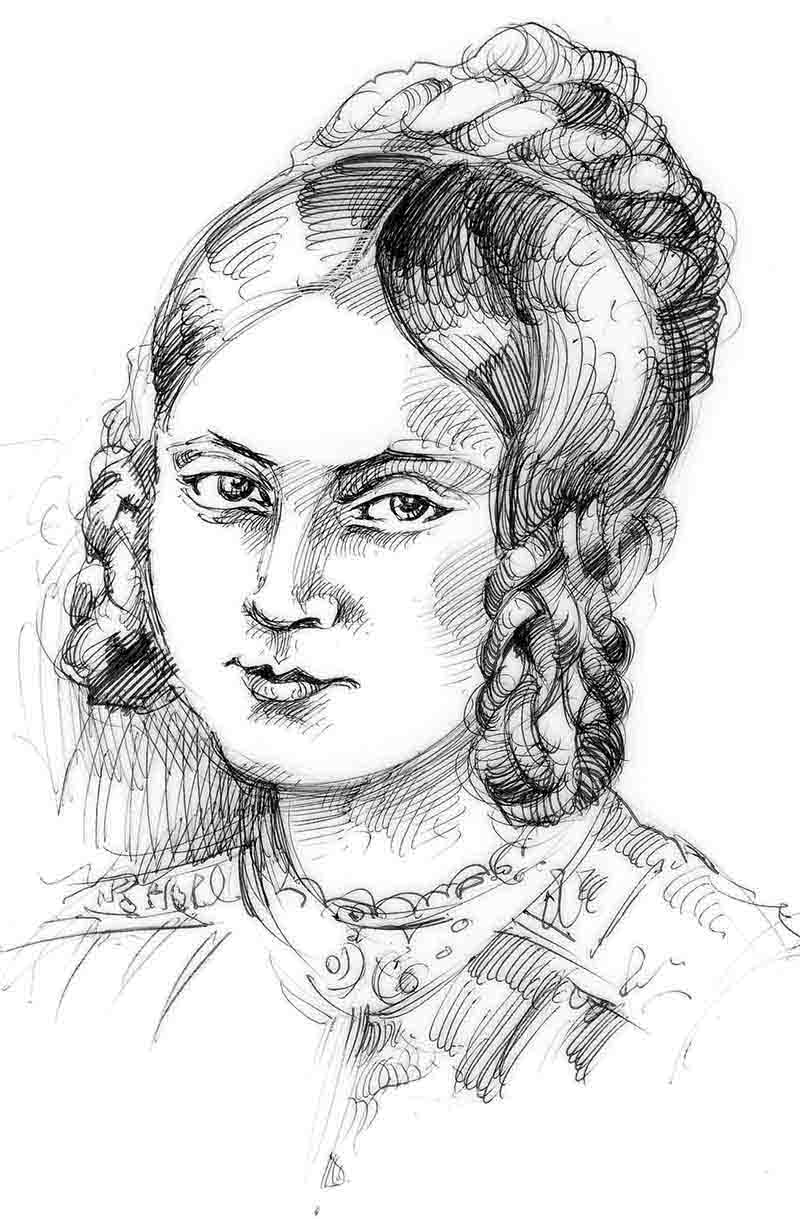
In 1852 Mathilde Franziska Anneke established the first journal published by a woman in America.
Her pioneering newspaper addressed, among other things, the everyday problems of American women and social grievances, as well as providing information about the activities of American women's associations.
She was a vocal advocate for the equality of black people and the abolition of slavery. She contributed articles and stories in support of the Union during the Civil War.
In 1869 Anneke became the first vice president of the "National Woman Suffrage Association" - and consequently became one of the most important women in the U.S. feminist movement.
She was particularly committed to the introduction of voting rights for women.
All the News That's Fit to Print
On August 19, 1896, Adolph S. Ochs' name appears for the first time on the editorial page of the Times, where he is listed as publisher, having become principal owner the day before. The son of German immigrants from Bavaria gets the Times back on track and massively increases its sales.

The New York Times Building, erected in 1888-89 as the home of the New York Times, is one of the last remnants of Newspaper Row, the center of newspaper publishing in New York City from the 1830s to the 1920s.
Five printing presses, capable of printing 12,000 newspapers an hour, were located below street level.
Under the slogan: "The News Condensed," The Times begins publishing summaries of the most important news stories On October 8, 1896, on page 1.
2 days later, the newspaper launches a book review section, The Saturday Review of Books and Art, based on the premise that books can and should be treated as news.
The Philadelphia Times slogan "All The News" is expanded by Ochs and the Times editorial staff to include "Fit To Print" and appears on the editorial page for the first time on October 25, 1896. In December of the same year the hyphen from "The New York Times" is dropped.
On February 10, 1897, the Times' new slogan: "All The News That's Fit To Print" is repositioned from the editorial page to page one.
The Times is regarded by many as the most important newspaper in the world. With 125 Pulitzer Prizes, it has won more than any other publication.
To this day, the Ochs-Sulzberger family has retained control of The New York Times Company through its own privately held class of stock. A. G. Sulzberger, great-great-grandson of Adolph Ochs, replaced his father Arthur Ochs Sulzberger Jr. as publisher of the newspaper in 2018.
During the 19th century, the German-language press grew in importance and prestige, contributing to the emergence of a number of other German-language newspapers.
At the beginning of the 1920s, almost no more German-language publications were produced. Advertising revenues had almost completely collapsed as a consequence of the First World War and the temperance movement.
The "New York State Newspaper", which is still published today, launched its first issue on Christmas Eve in 1834, a fact that makes the newspaper one of the oldest ever in the United States.
The "Washington Journal", a German-language newspaper published in the District of Columbia, is the oldest newspaper in the American capital.
German American Journalism: FAQ
Are you curious about music, art, technology, fashion, lifestyle, and beer?
If so, then you need to subscribe to the free Likewolf newsletter.
100% privacy. When you sign up, we'll keep you posted.
Bank Barns & Bauhaus
From Rural Homes To Towering Giants
